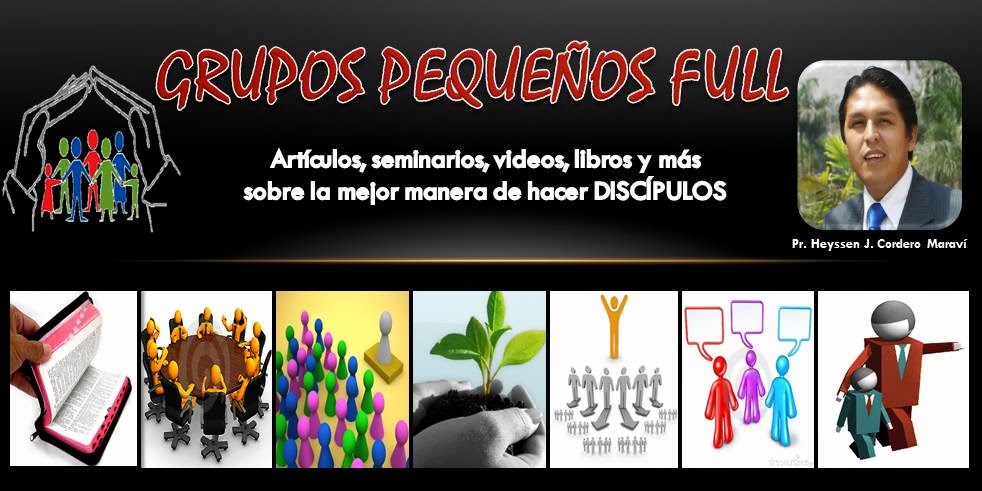
Continuing from the last post… here are some additional ideas on how technology can support small groups:
An exciting recent development is the maturing of online video chat services like Skype and TokBox. Plagued for years by spotty service and poor video quality, they’re now ready for prime time. Live video has a “face-to-face” benefit over email, text-based chat, and voice-only conference calling. It’s a great way to do an online group with people who are physically separated and have a strong affinity.
But is it “real” community? Well… yeah! Alan Danielson launched a TokBox group for group life pastors around the country, and we experienced a deeper level of intimacy and accountability than I have experienced in some living room groups. Even though some of us have never met in person, we’ve supported and encouraged each other… and grown together.
Churches could encourage the formation of online groups to serve highly specialized affinities like moms through adoption, dads of ADHD boys, or left-handed accountants… groups that may never meet in person. But the greatest benefit may be to provide an intermediate connection point for groups that do gather, but infrequently. TokBox huddles (coach with leaders) are just starting to be explored, and there is huge potential here.
YouTube, Vimeo, Flickr, PhotoBucket, and other media sharing sites (even FaceBook or a group blog) let you post videos and photos of members, group events, and serving projects. Be sure somebody grabs some video every time your group does a serving project. Posting these can encourage others to engage in serving. Keeping an online record of group activities lets new or potential group members get up to speed on the group’s common history very quickly. It can reduce the amount of time that a new group member feels like a visitor.
Short videos, shown during weekend services and later posted online, can spotlight the latest all-church curriculum or to set up each week’s study when using a sermon-based curriculum. Great (sometimes funny) videos are a great way to encourage your unconnected attendees to join and participate in groups. You can even use videos to train your leaders and coaches.
The Big Caveat: Use technology where it makes sense, but don’t replace face-to-face contact. Sometimes a quick phone call beats texting, a DM, or an email. You can hear and respond to the emotion in a person’s voice. This reduces the possibility of misunderstanding a hastily written email or an overly terse DM. Even with high-rez video chat it’s easier to “hide” online, not letting your real feelings and emotions show. For spiritual direction, friendship and coaching, there’s nothing like looking someone in the eye. And for me, a real hug is still more satisfying than a trackpad.
Por DAVE TREAT

